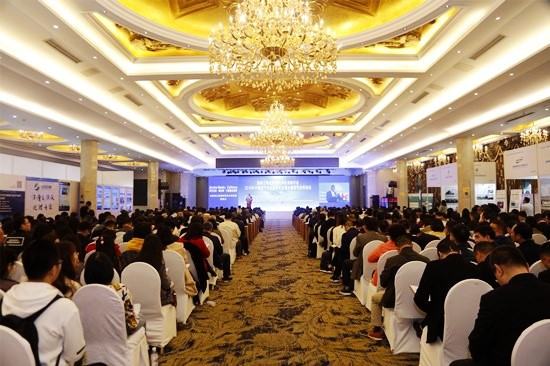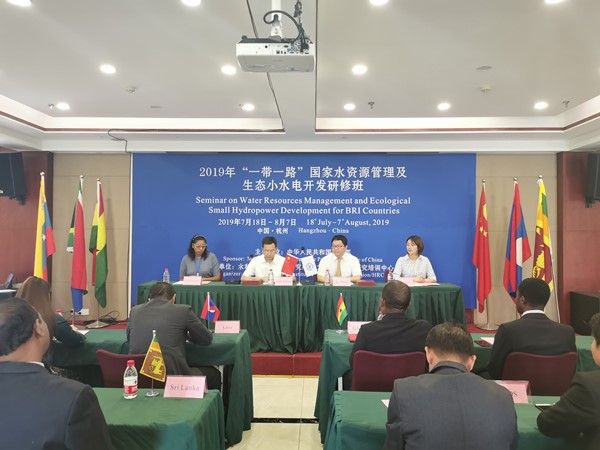II.China’s Development Is an Opportunity for the World
1.China is the main stabilizing force and power source of the world economy
(1)From 1979 to 2018 China’s economy grew rapidly at an average annual rate of 9.4 percent, and became an important
engine of global economic growth.
(2)China’s innovations in science and technology have been widely applied, bringing more convenience to the work and daily life of people of other countries, and injecting new momentum into world economic growth.
(3)China, which has a more stable economy, higher quality of growth, and promising growth prospects, contributes to the development of the world economy in the long run.
2.All-round opening up creates more opportunities for all countries to share the benefits of China’s development
(1)With a population of nearly 1.4 billion and a middle-income group of 400 million, China has the largest market in the world. In the coming 15 years, China’s imports of goods and services are expected to exceed US$30 trillion and US$10 trillion.
(2)China is the most attractive investment destination. It has a workforce of almost 900 million, and more than 700 million are employed. It has a talent bank of 170 million people who have received higher education or vocational education, and generates more than 8 million college graduates each year.
(3)China has huge space and potential for consumption, which is clearly moving up market. In 2018, the urban and rural Engel coefficients dropped to 27.7 percent and 30.1 percent. The following is a list of number of objects owned per 100 households:
-33 cars, 95.3 percent up from 2013,
-
59.2 motorcycles, 49.9 percent up,
-249.1 mobile phones, 22.6 percent up,
-109.3 air conditioners, 55.3 percent up,
-56.4 range hoods, 32.7 percent up; and
-85 water heaters, 32.4 percent up.
(4)China has actively promoted the "going global" of scientific and technological innovation to the advantage of both China and the rest of the world:
-Hybrid rice guarantees global food security.
-Artemisinin contributes to the fight
against malaria.
-China's high-speed rail promotes world connectivity.
-China's communications technology bridges the global "digital gap".
3.China is providing more public goods to the international community
(1)The Belt and Road Initiative originated in China, but the opportunities and achievements belong to the whole world. According to a World Bank research report, the initiative will help 7.6 million people out of extreme poverty and 32 million out of moderate poverty.
(2)China is building platforms for multilateral dialogue and cooperation. To promote multilateral cooperation, we have established a number of global and regional multilateral platforms including:
-Belt and Road Forum for International Cooperation,
-China International Import Expo,
-Hongqiao International Economic Forum,
-Forum on China-Africa Cooperation,
-China-Arab States Cooperation Forum,
-China-CELAC Forum,
-Boao Forum for Asia,
-
China-ASEAN Expo,
-China-Arab States Expo,
-China-Africa Economic and Trade Expo,
-Conference on Dialogue of Asian Civilizations, and
-World Internet Conference.
4.China’s development provides experience and reference for other developing countries
(1)China’s success has boosted the confidence of other developing countries in their ability to achieve prosperity, and provided experience and reference to countries that want to speed up their development and maintain their independence.
(2)China respects the different paths chosen by other countries. It does not “import” foreign models, nor “export” the Chinese model, and will never require other countries to replicate its practices.
5.China will never seek hegemony
(1)China will never pursue hegemony or expansion, nor will it seek to create spheres of influence, no matter how international situation changes, how China develops itself.
(2)China will never develop itself at the expense of others, nor will it give up its legitimate rights and interests. No foreign country should expect China to trade its core interests or to accept anything that is damaging to China’s own sovereignty, security and development interests.







